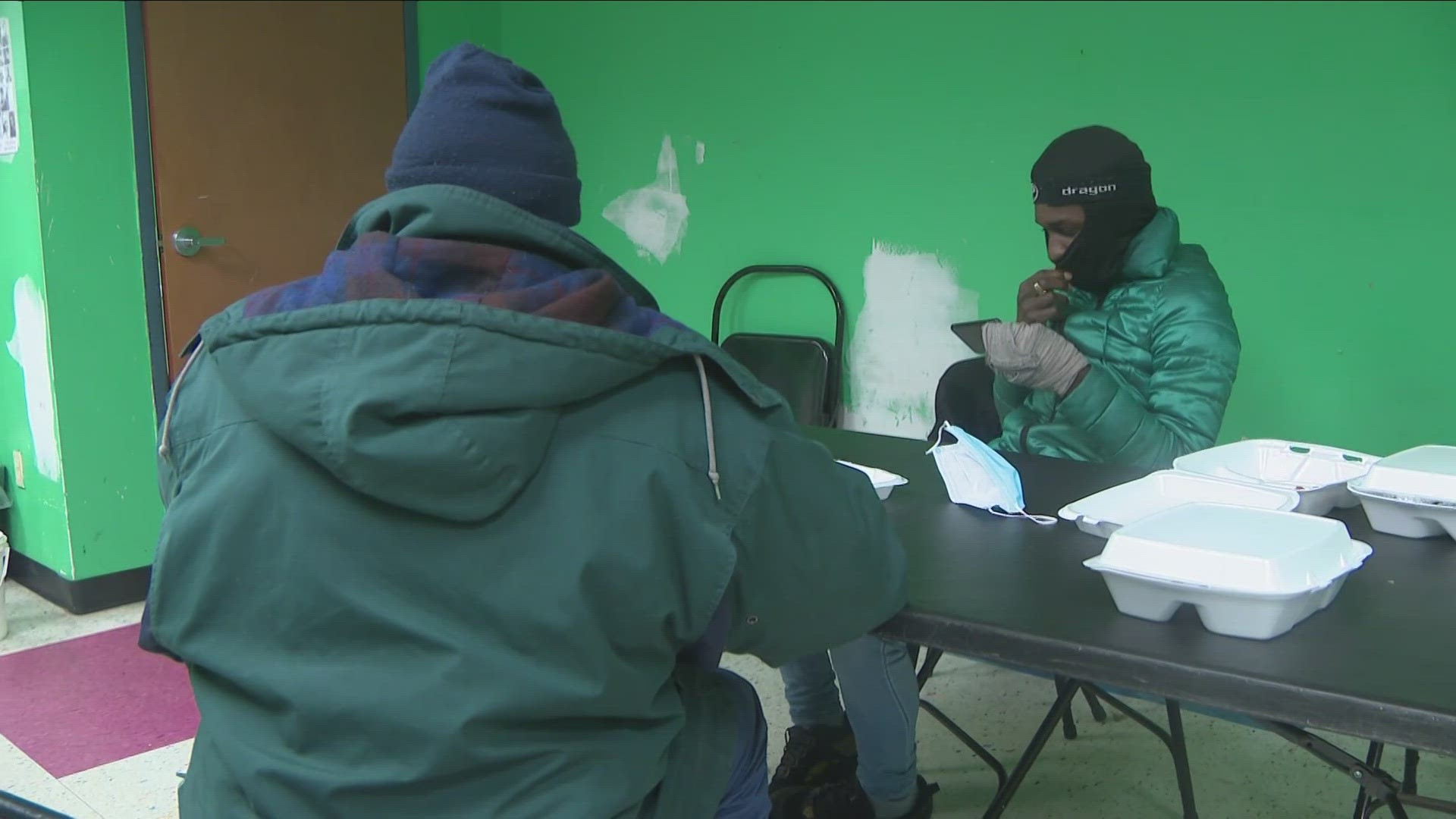BUFFALO, N.Y. — The number of people experiencing homelessness has hit its highest level in more than a decade according to the latest point-in-time (PIT) count from the Homeless Alliance of Western New York.
The count of all sheltered and unsheltered people was taken on January 25, 2023, across a five-county region that includes Erie, Niagara, Orleans, Genesee, and Wyoming counties.
The results showed a total of 1,432 individuals experiencing homelessness, which was higher than typical pre-COVID levels, said Homeless Alliance Executive Director Kexin Ma.
"It's not really an urban issue or a rural issue. We find people living everywhere ... but this year we see a significant increase," Ma said.
Prior to 2020, the results ranged between 900 and 1,000. Ma explained how the count is more an indicator than an exact number of unhoused people, but it is nonetheless an important tool.
The PIT count is used to request federal funding for homeless programs and shelters from the U.S. Department of Housing and Urban Development, or HUD.
"It's no longer the people who might be on the street who you see daily but they could be your neighbor. They are family they are children," Ma said.
Gerrod Bennett runs the Salvation Army Shelter on Main Street in Buffalo, which he said is always full. The shelter can house 77 people, and as of the posting of this story, there were 20 families receiving aid.
When Bennett heard the results of the PIT his first reaction was, "I became concerned, like, why are we having such an increase in homelessness, especially here in Western New York?"
Ma explained that the entire WNY shelter system is just as full as the Salvation Army's location on Main Street for a couple of reasons.
"People are having a much harder time finding housing and exiting shelter even ones with [Section 8 affordable housing] vouchers, which means that our system is not moving," she said.
As for why the count is so high, the Homeless Alliance of Western New York has shared a couple of probable causes, including an increase in post-pandemic evictions after the state's moratorium was lifted, and the rising cost of rental living spaces.
"Sadly, these shelters are a revolving door, so we see that same families so there is chronic homelessness," Bennett said.
Bennett believes addressing chronic homelessness could involve removing the stigma surrounding it as well as providing more opportunities for financial education and opportunity for those in poverty.
"I think the way we begin to change that conversation is to do what we're exactly doing now, having a conversation and getting the community involved," he said.
Ma, from the Homeless Alliance of WNY (HAWNY) also believes investment in more affordable housing would help but she says that isn't a quick solution and is often met with opposition.
HAWNY notes that the region is not unique to this situation and many other communities across the country have experienced an increase in people experiencing homelessness. They're urging everyone to join their effort to help provide services and housing, volunteer, or donate to local homeless service providers.
In closing, Ma added, "We hope by spreading that information we can build empathy in the community."

